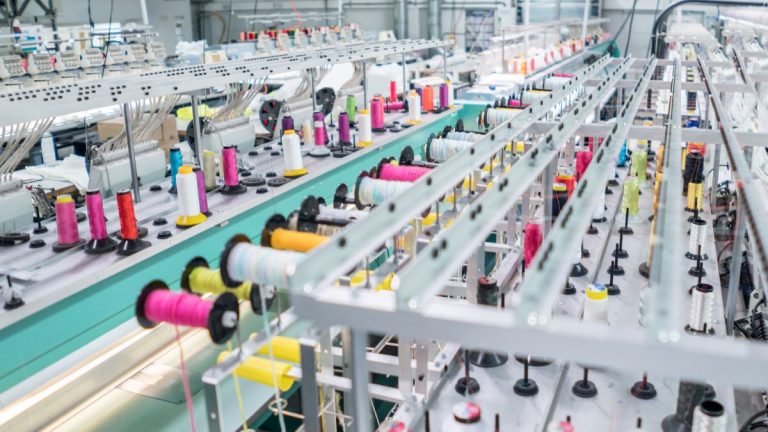Sign up to receive the Vogue Business newsletter for the latest luxury news and insights, plus exclusive member-only discounts.
How can the fashion industry move from a design-make-sell model to a design-sell-make model? Danish supply chain startup Rodinia Generation thinks it has the answer. The company has raised €3 million to fund the creation of a global network of “microfactories,” starting in Europe and expanding to the US. This network will offer fast, near-shore, environmentally friendly production, upending the fashion industry’s current bloated production model.
Rodinia isn’t the only company exploring the potential of microfactories, which it defines as small footprints with waterless processes, “brains” (the software that runs the work) and automated data collection. Others include Teemill, Unspun, Sun Supply and Fashion Enter, while tech companies like Gerber and Kornit are packaging the concept into products. With its new funding, Rodinia hopes to scale up the model.
Rodinia’s first 200-square-metre microfactory in Copenhagen has been operational since 2021 and primarily works with local Scandinavian brands such as Isnur, Underprotection, Hummels and Mads Norgaard, as well as what CEO and founder Treene Young calls “big global companies”, although the company declined to disclose names.
Just five machines, connected by software coded by Rodinia, print, cure, and cut the fabric to specification without using any water or toxic chemicals (in contrast to traditional production methods, which can cross borders and use thousands of liters of water and many toxic chemicals during the dyeing and finishing process). The finished fabric is sorted by a robotic arm and sent to another facility, where machinists sew it into garments—the only step not yet automated; the sewing step is planned to be vertically integrated in future iterations of the microfactory, Young says.
Rodinia plans to open its next facility in Europe in the second half of 2025. The company did not disclose start-up costs, but said the microfactory would recoup its costs within about six months of opening at full capacity.
Brands have long employed small, local manufacturers to test new styles and respond quickly to trends, but the latest generation of microfactories brings with it more sophisticated automation and technology-driven, lower-impact production methods such as waterless digital printing and 3D weaving.


